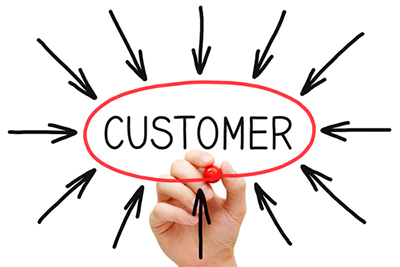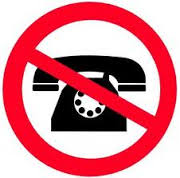 If you polled 100 people, 99 might say automated customer service is nothing but a pain. They’d rather speak to a human being.
If you polled 100 people, 99 might say automated customer service is nothing but a pain. They’d rather speak to a human being.
Everyone has a nightmare story: confusing menus that lead in circles or to the wrong department; speech recognition that can’t understand common patterns of speech; systems that require users to enter account information but don’t pass that information on to the customer service representative.
However, most of those complaints refer to traditional interactive voice response (IVR) systems, which have limitations. Combined with modern artificial intelligence (AI) technology, IVRs can work smarter. Newer tools such as natural language processing, speech analysis and chatbots make automation friendlier for the customer while also improving productivity in call centers.
Natural language processing
Natural language processing, or NLP, is the AI technology that allows computers to understand human speech as we actually speak it. Old IVR technology could only understand simple words and phrases like “operator” or “pay my bill,” while NLP picks up on complex phrases like “I have a strange fee on my bill that I don’t understand” or “I need to change my shipping address.”
Customers no longer have to guess at the exact word or phrase a computer might understand to be routed to the correct department; they just speak like they would to a human.
Speech analysis
Speech analysis can be used to understand not just what customers say but what kind of mood they’re in. Modern call center technology can detect when a caller is angry or frustrated so representatives are prepared to respond to those moods. Calls from irate customers can be routed to representatives who are more experienced, or those who have proven success diffusing situations.
AI can also pick up on age, vocabulary and vernacular to route callers to the best possible agent. In the future, it is even expected to analyze personalities, matching callers with an agents who communicate in a similar way.
Chatbots
There’s been a lot of chatter about bots this year. Giants like Microsoft and Facebook have launched them, and smaller companies are soon to follow.
Chatbots interact with customers via text in a natural, conversational way. They can be used to answer simple questions or troubleshoot more complex problems. What makes chatbots, unlike tools such as Siri, so exciting is that they learn from previous conversations and use that information to make suggestions about what you might need or want.
Millennials are likely to appreciate chatbots, as most would rather communicate via text than phone, at least for basic needs and transactions (and as long as the technology works quickly and seamlessly).
Limitations to AI
Despite the advancements, most tech experts agree that artificial intelligence will not replace live representatives entirely – at least not anytime soon.
Some questions and issues are simply too complex, requiring the assistance of a human being. Some customers, particularly older people, are resistant to automated systems and will always prefer a live agent. The cost of AI can be prohibitive, too, particularly for small companies or for those who have already invested heavily in more outdated forms of IVR.
On the bright side, AI does promise to improve call center operations where it can be implemented by reducing customer frustrations. And, as we all know, happy customers are far more likely to remain loyal to your brand.
Kunnect sells 100% cloud-based call center software that includes a predictive dialer to businesses and political campaigns. Our software, hosted seamlessly in the Amazon platform, manages all inbound and outbound calling for a flat rate of $125 per agent per month with a flat deposit of $125 per user. There are no hidden fees.







